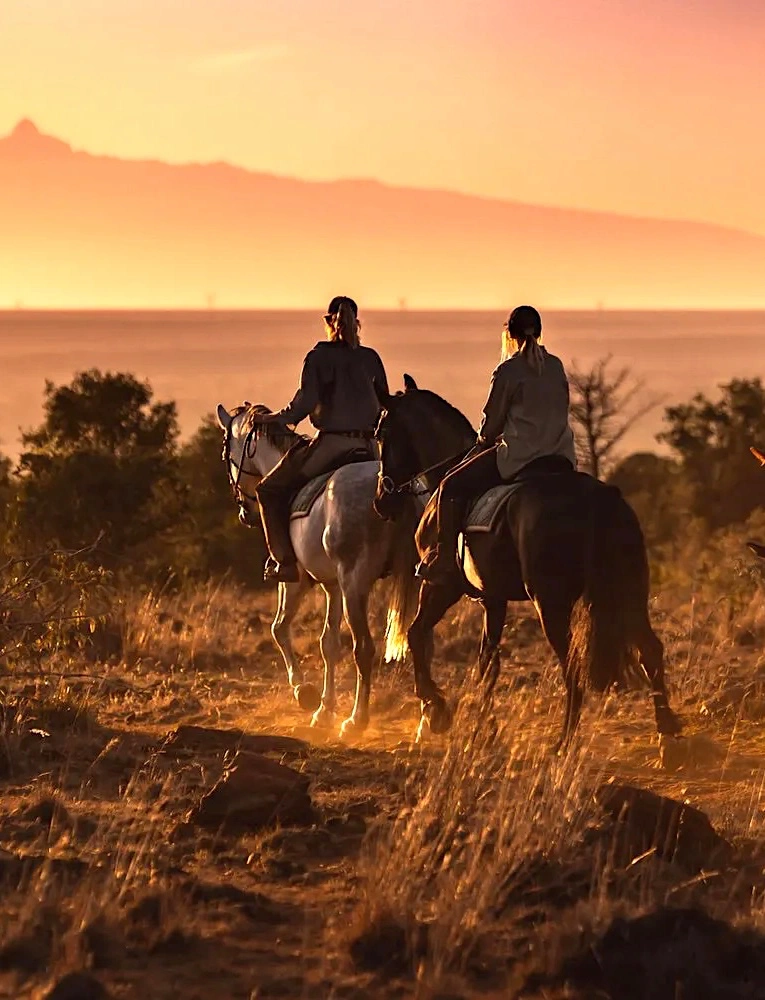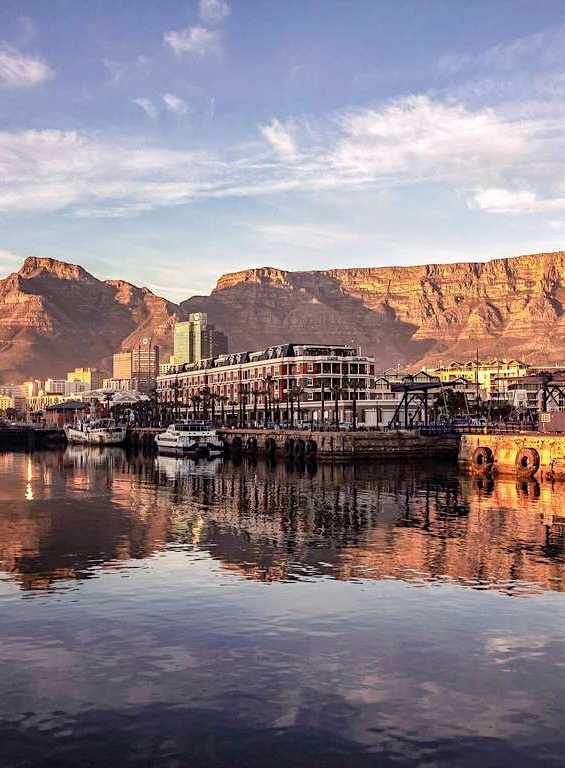
The Skeleton Coast

Desolate. Harsh. Epic

The Skeleton Coast is a desolate and inhospitable stretch of coastline located in the northern part of Namibia, along the southwestern coast of Africa. It is renowned for its stark beauty, harsh conditions, and numerous shipwrecks scattered along the shore.


The Skeleton Coast is a place of both natural beauty and historical intrigue, offering a glimpse into the challenges faced by sailors and the resilience of life in one of the world's most extreme environments.
Geographic Location
The Skeleton Coast extends from the Angola-Namibia border in the north to the Swakop River in the south, covering a distance of approximately 500km or 310miles.
Harsh Environment
The coast is characterized by dense fog, strong ocean currents, and cold sea breezes. The Benguela Current, which flows northward along this part of the Atlantic Ocean, contributes to the often frigid and inhospitable conditions.
Shipwrecks
The Skeleton Coast is notorious for the numerous shipwrecks that dot its shoreline. The combination of treacherous seas, dense fog, and shifting sandbanks has led to many vessels meeting their end along this unforgiving coast
Flora and Fauna
Despite its harsh conditions, the Skeleton Coast is home to a variety of wildlife. Seal colonies, jackals, and desert-adapted elephants are among the species that inhabit the region. The cold waters offshore are rich in marine life.

Namib Desert Influence
The Namib Desert, one of the world's oldest deserts, extends inland from the Skeleton Coast. The desert's towering sand dunes meet the cold Atlantic Ocean, creating a unique landscape where the desert meets the sea.
National Parks and Conservation
Much of the Skeleton Coast is protected within the Skeleton Coast National Park. This park is known for its efforts to preserve the unique ecosystems and wildlife.
Human History
The coast has a long history of exploration and trade. The Portuguese navigators were among the early European explorers to venture into these waters. The name "Skeleton Coast" is thought to have originated from the numerous whale and seal skeletons, as well as the skeletal remains of shipwrecks, that are scattered along the shore.
Restricted Areas
Access to certain parts of the Skeleton Coast, especially those with sensitive ecosystems or cultural significance, may be restricted to protect the environment.


Start planning your tailor-made holiday
Speak to one of our travel specialists




%20copy.svg)


.svg)



.svg)

















































































































































%20copy%203.svg)